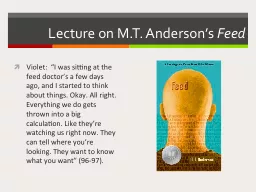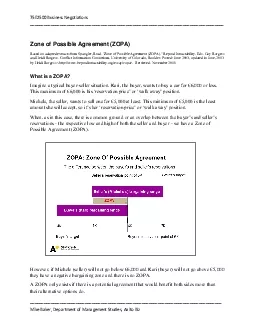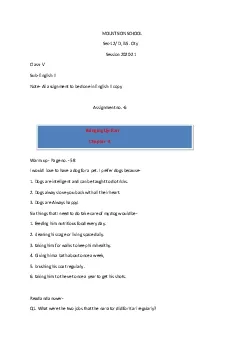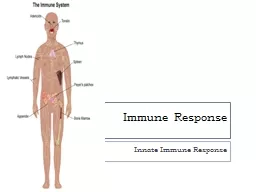PPT-The Immune System Kari Anderson, Sam Castellanos, Andrew Hanson, Kathy Xu
Author : olivia-moreira | Published Date : 2020-04-10
Main Function The Immune System is used to prevent infection and disease Using a variety of cells and organs the Immune System disposes of foreign or harmful antibodies
Presentation Embed Code
Download Presentation
Download Presentation The PPT/PDF document " The Immune System Kari Anderson, Sam Ca..." is the property of its rightful owner. Permission is granted to download and print the materials on this website for personal, non-commercial use only, and to display it on your personal computer provided you do not modify the materials and that you retain all copyright notices contained in the materials. By downloading content from our website, you accept the terms of this agreement.
The Immune System Kari Anderson, Sam Castellanos, Andrew Hanson, Kathy Xu: Transcript
Download Rules Of Document
" The Immune System Kari Anderson, Sam Castellanos, Andrew Hanson, Kathy Xu"The content belongs to its owner. You may download and print it for personal use, without modification, and keep all copyright notices. By downloading, you agree to these terms.
Related Documents














